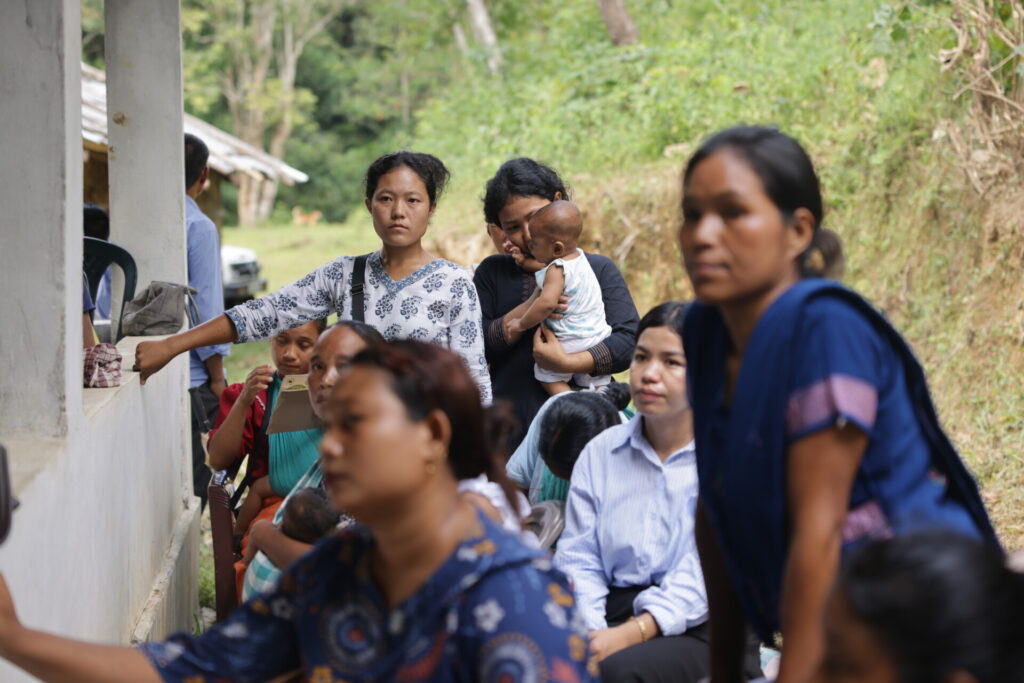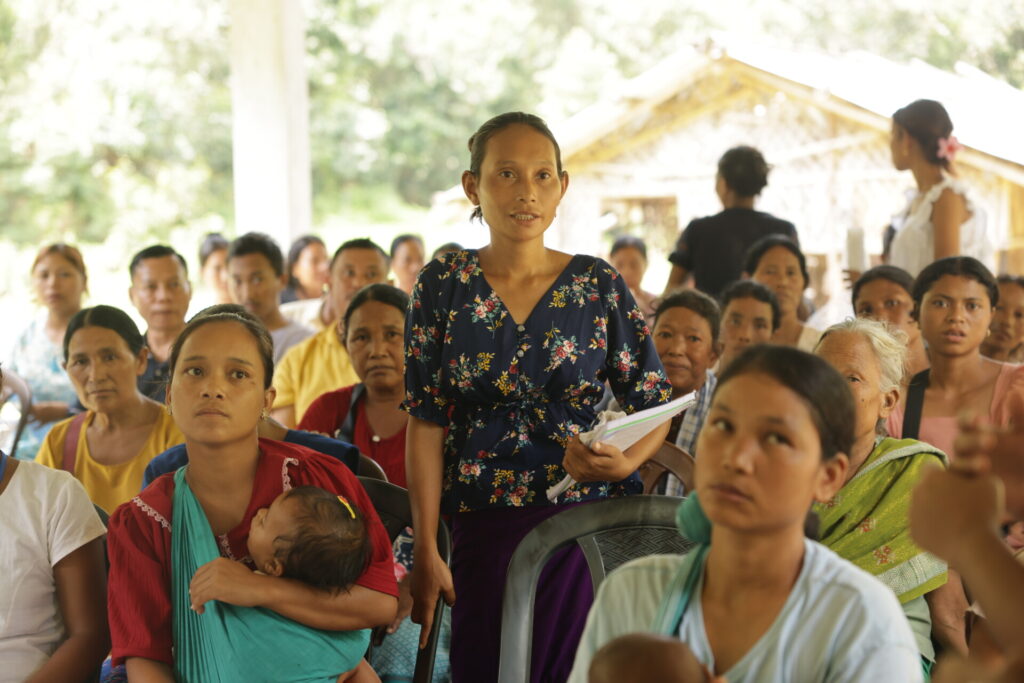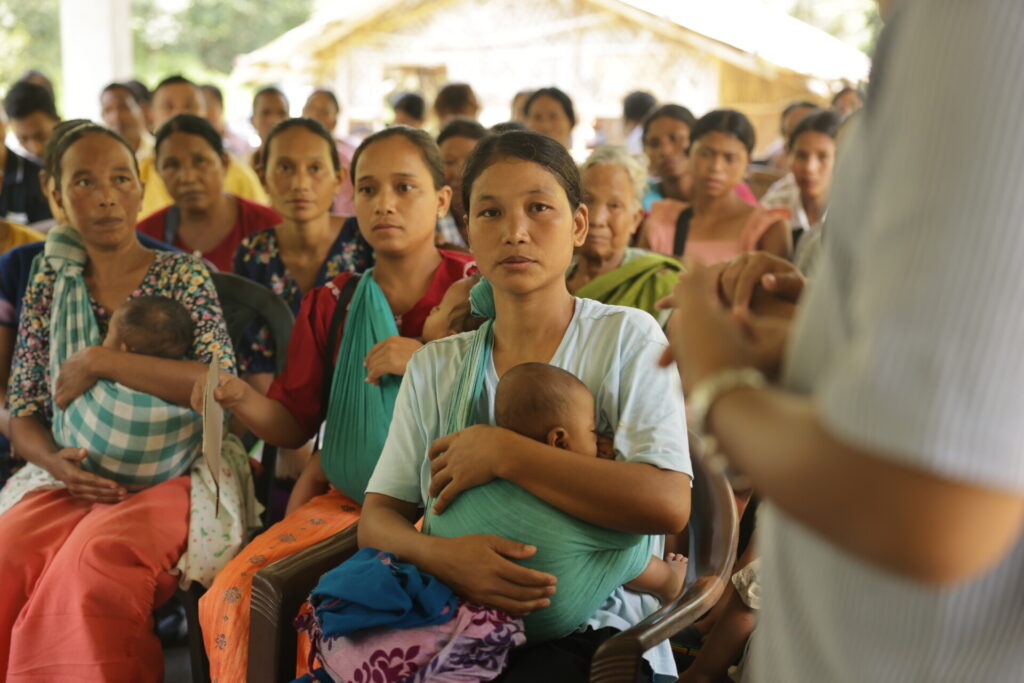Date: 27 September 2025
District: East Garo Hills
In a landmark visit to East Garo Hills, the Principal Secretary to the Government of Meghalaya led a comprehensive review of human development initiatives across the district, emphasizing holistic poverty reduction, maternal and child health, education, nutrition, and community-led governance. The review brought together senior district officials, frontline workers, and community leaders to strengthen integrated development strategies.
Key Officials Present
-
Principal Secretary, Government of Meghalaya
-
Deputy Commissioner, East Garo Hills
-
Additional Deputy Commissioner & Project Director, DRDA
-
District Medical & Health Officer, East Garo Hills
-
District Maternal & Child Health Officer
-
District School Education Officer
-
District Mission Manager, MSRLS
-
Block Development Officers: Samanda, Rongjeng, Songsak
-
Executive Engineer, PHE, East Garo Hills
-
Child Development Project Officers, Additional Programme Officers, and other key officials
Focus Areas of the Visit

Multi-Dimensional Poverty
The Principal Secretary emphasized addressing poverty beyond income, considering access to healthcare, nutrition, safe drinking water, sanitation, and household-level support. He highlighted the need to ensure every household’s access to basic services to improve living standards and reduce vulnerability.
Child and Maternal Health
-
Children’s Development: With a significant portion of the population being children, investing in early health and education is critical. Focus on cognitive development was stressed to enable children to excel academically and socially.
-
Maternal Health: The health of mothers directly influences child growth. Ensuring physical and mental well-being of mothers is essential for reducing stunting and improving child nutrition outcomes.
-
Reducing Child Stunting: With the current stunting rate at 46.5%, the Principal Secretary set a target to significantly lower this within three years.
-
Chief Minister’s Safe Motherhood Scheme (CM-SMS): Emphasized for safe deliveries and maternal support.
-
Anemia Prevention: Addressing adolescent and maternal anemia was identified as a key step to breaking the generational cycle of malnutrition.
Education and Early Childhood Development

-
Zero Dropout Goal: Efforts to ensure every child attends school and completes at least eight years of continuous education.
-
Foundational Literacy & Education Programme (FLEP): New initiative to improve early literacy and learning outcomes with child-friendly teaching aids.
-
Out-of-School Centres (OOSC): Bridge programs to reintegrate dropouts into the formal system.
-
Anganwadi and ECCE Strengthening: Appointment of Early Childhood Development (ECD) graduates to assist Anganwadi Workers, improve curriculum delivery, and prepare children for formal schooling.
Nutrition and Health Interventions

-
Child Growth Monitoring: Regular tracking of weight and height under the Integrated Child Development Services (ICDS).
-
Take Home Ration (THR) Awareness: Community engagement to improve utilization of nutritional supplements.
-
Iron and Folic Acid (IFA) Distribution: Weekly administration to adolescents and women of reproductive age to combat anemia.
-
Spoken Tutorials by IIT Bombay: Health education and awareness program for officials and frontline workers.
-
Breastfeeding and Nutrition Education: Focused communication to improve infant feeding and dietary practices.
Safe Drinking Water
-
Jal Jeevan Mission (JJM): 64.6% saturation achieved; focus now on community ownership, water testing, and responsible usage.
-
Community Awareness: Promotion of boiling water at household and community levels to prevent waterborne diseases.
Substance Abuse Prevention
-
De-addiction Centre: Proposal for a faith-based, community-managed centre in the district.
-
MPOWER Initiative: Multi-sectoral adolescent-focused program integrating health, education, life skills, and substance abuse sensitization.
Community Engagement and Leadership
-
Building Grassroots Leadership: Empowering Village Organizations and local leaders to own development initiatives.
-
Regular Official Engagement: Weekly visits by district and block officials to support governance and participatory problem-solving.
-
Participatory Governance: Community input central to identifying problems and co-creating sustainable solutions.
Action Points from the Review Meeting
| Action Points | Roles & Responsibilities |
|---|---|
| Ensure all children are enrolled and attending school | District Administration & Education Department |
| Set up DIET in the district | District Administration & Education Department |
| Monitor PMAY-G houses for health, nutrition, education indicators | DMM MSRLS & District Administration |
| Household-level assessment of assets for MDP | DMM MSRLS |
| Transfer villages under correct PHC jurisdiction | DMHO |
| Ensure adolescent health and nutrition outreach | CDPO & DMHO |
| Intensify IFA distribution and anemia awareness | DMHO & DMM MSRLS |
| Promote safe water consumption | DMM & VOs |
| Strengthen ECCE and issue pre-primary certificates | MECDM & CRISP |
| Identify drug hotspots and regulate supply | District Administration & Police |
| Establish Mini Anganwadi Centres where sites available | CDPO & District Administration |
| Train Health and Wellness teachers under MPOWER | Education Department & MPOWER team |
| Integrate faith-based interventions for drug prevention | DSWO & Community Leaders |
The Principal Secretary concluded the visit by reaffirming the government’s commitment to holistic human development in East Garo Hills. Emphasizing community-driven solutions, participatory governance, and cross-sector collaboration, the visit set a clear roadmap for improving health, education, nutrition, and livelihoods across the district.
This proactive approach demonstrates Meghalaya’s dedication to building resilient, healthy, and empowered communities, with measurable goals and strong local leadership at the forefront.